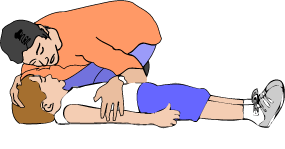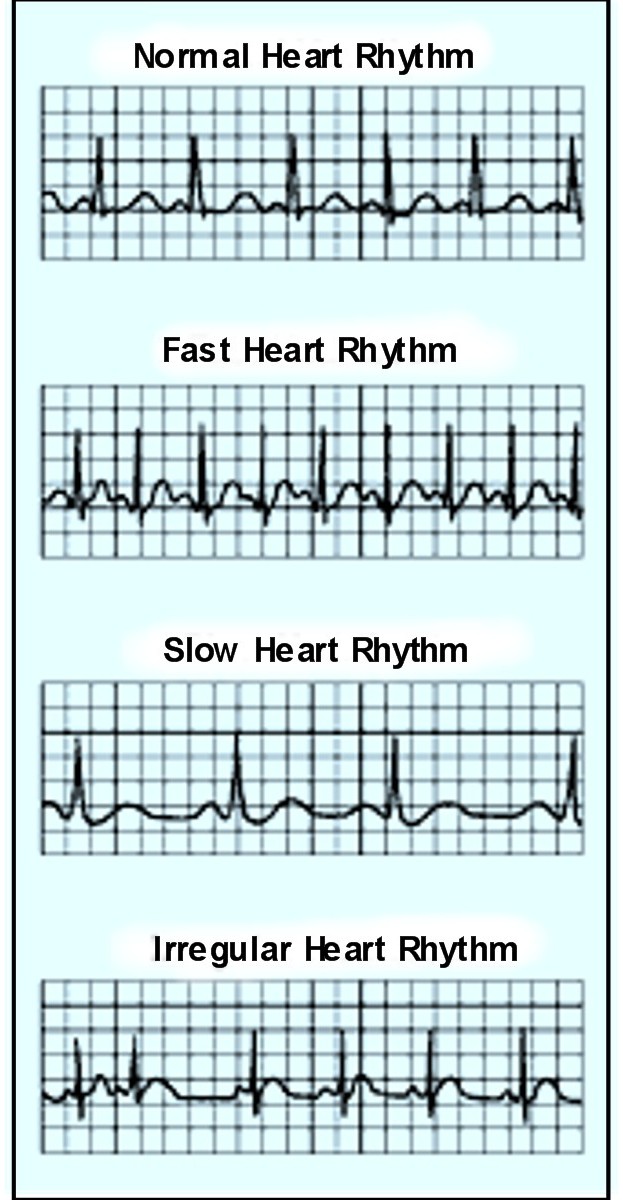Assess the Casualty and Recognise the Need for First Aid Response and Assess Casualty
Ask yourself these questions whenever you observe a casualty:
- What do I see? You may see blood, a swollen hand or a bruise.
- What do I hear? You may hear, crying, moaning or heavy breathing.
- What do I smell? You may smell vomit or urine.
- What is my intuition? This person may need attention quickly. You may need to inform your supervisor immediately.
Assessment of causalities needs to be carried out quickly and thoroughly according to workplace procedures so that appropriate action can be taken and help can be sought immediately.
Signs of life
If you find yourself in a situation where someone requires first aid for any reason, it is important not to panic but, rather, briskly assess for signs of life and call for help. Make sure it is safe to approach the casualty, and check for the following signs of life:
- Is the casualty conscious or unconscious (unresponsive)?
- Is the casualty breathing?
- Is the casualty moving?
Consciousness (responsiveness)
You are conscious now because you are awake and reading this topic and you are able to respond to the doorbell or the telephone ringing. If people are unable to respond to questions and other stimuli because of sickness or injury, however, they are unconscious, and this requires urgent medical care.
 Can you think of some situations in which a person could become unconscious? Below are some situations that could lead to unconsciousness. Did you think of some of these situations?
Can you think of some situations in which a person could become unconscious? Below are some situations that could lead to unconsciousness. Did you think of some of these situations?
- Electrocution
- Drowning
- Funnel web spider bite
- Car accident
- Head injury
- Exposure to extreme heat or cold
- Explosion
- Poisoning
- Epileptic fit
- Burns
Make sure it is safe to approach the casualty and that you are not putting yourself or others at risk, before you assess whether the casualty is conscious or not. You can do this touching the casualty's shoulders. Ask them in a loud voice 'Are you alright?'
If there is a response, that is, the casualty squeezes your hand or opens their eyes or moves in some other way, and perhaps speaks, then the casualty is conscious. If there is no response, that is, the casualty does not move or speak, then the casualty is unconscious.
Whether the casualty is conscious or not, do not move the casualty unless:
- They are in danger if they stay where they are, or
- They need to be moved to receive first aid
Whether the casualty is conscious or not, call for help. If the casualty is unconscious, an ambulance should be called urgently. Being in an unconscious state can be life threatening.
Open airway
- Place one hand on casualty's forehead
- Place finger tips of the other hand under the casualty's chin
- Tilt head back gently and lift the chin to open airway
- Put on your gloves and remove any visible foreign matter, for example, broken teeth
- Check for signs of life, for example, unconscious, not answering questions, not breathing normally, not moving
Breathing
Breathing is vital to sustain human life. When we breathe in, we use the oxygen from the air to keep our cells and organs alive. To put it very simply, without oxygen, we will die.
Once you have determined whether the casualty is conscious or unconscious, quickly determine whether the casualty is breathing. To do this, you will need to get close to the casualty even if it means getting down onto the floor with them. Place one hand close to their mouth and nose and your other hand on their chest, then place your ear close to their nose while observing at their chest. Look, listen and feel for signs of breathing for about 10 seconds.
- Look for rising of the chest.
- Listen for breathing (either breathing in or out) from the nose or mouth.
- Feel for breathing from the nose or mouth and for rising of the chest.
Rate
- How many breaths per minute? Count for 15 seconds and multiply by 4
Rhythm
- Is the breathing regular or irregular?
Sounds
- Is there gasping, gurgling, wheezing or snoring?
Pulse
The pulse can be difficult to find and should only be used when time permits and when assessing a casualty that is breathing.
- DO NOT use a pulse to determine if resuscitation is required.
The neck is the best location to check for a pulse, which is called the carotid. The carotid is the strongest and most easily accessible of all the pulse points. The radial pulse (wrist) is often the easiest to find.
 When taking a pulse, note how fast the pulse rate is over one minute. A normal adult will have a pulse rate of 60 to 100 beats per minute. Children and babies have a faster heart rate than adults. Note the rate, rhythm and strength of the pulse.
When taking a pulse, note how fast the pulse rate is over one minute. A normal adult will have a pulse rate of 60 to 100 beats per minute. Children and babies have a faster heart rate than adults. Note the rate, rhythm and strength of the pulse.
Rate - How many beats per minute?
Count for 15 seconds and multiply by four
- Adults - 60 to 100 beats per minute
- Children - 90 to 130 beats per minute
- Infants - 120 to 160 beats per minute
Rhythm
- Is the pulse regular or irregular?
Strength
- Is the pulse strong or weak?
Whether the casualty is breathing or not, call for help. If the casualty is not breathing, an ambulance should be called urgently.